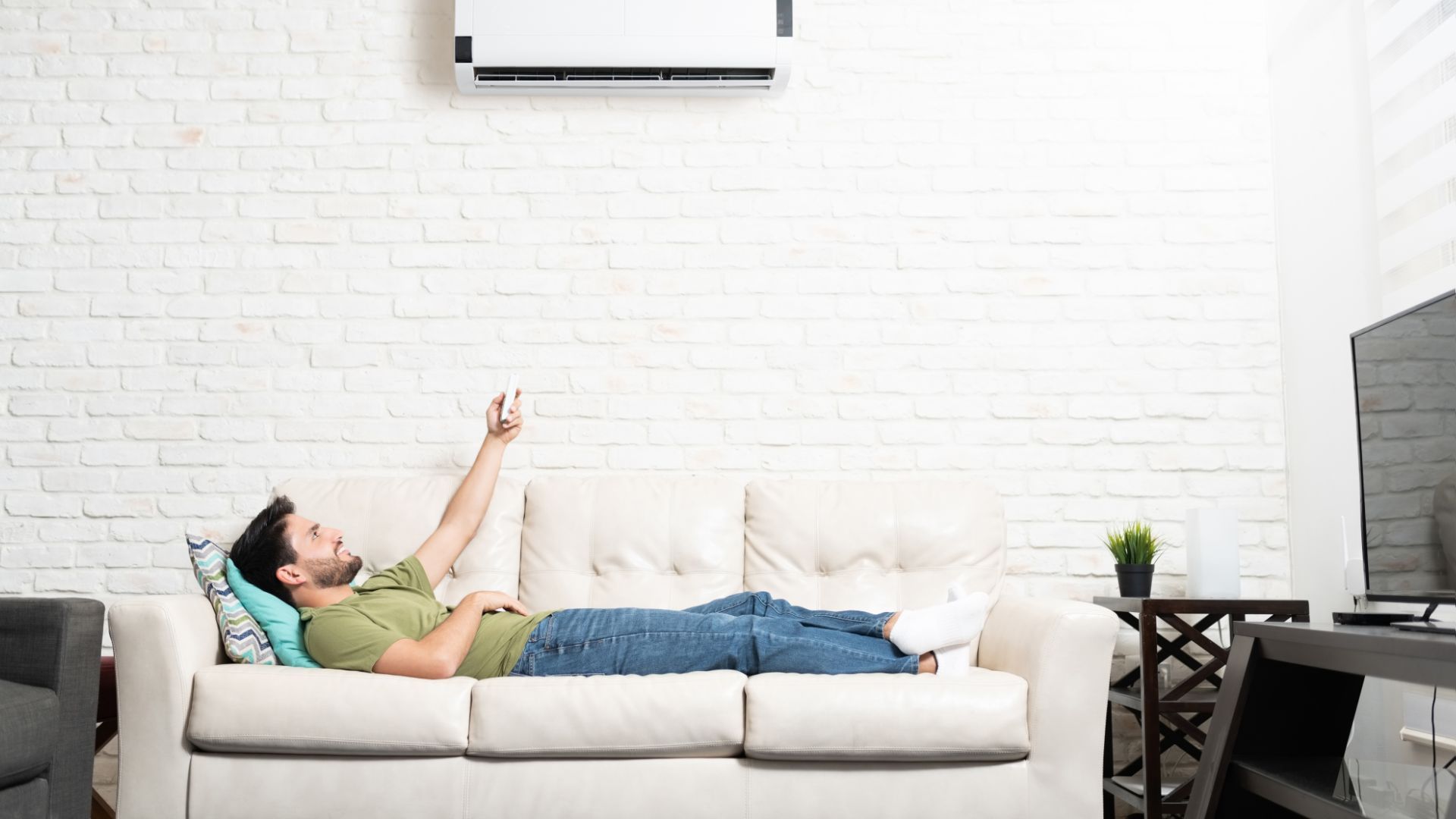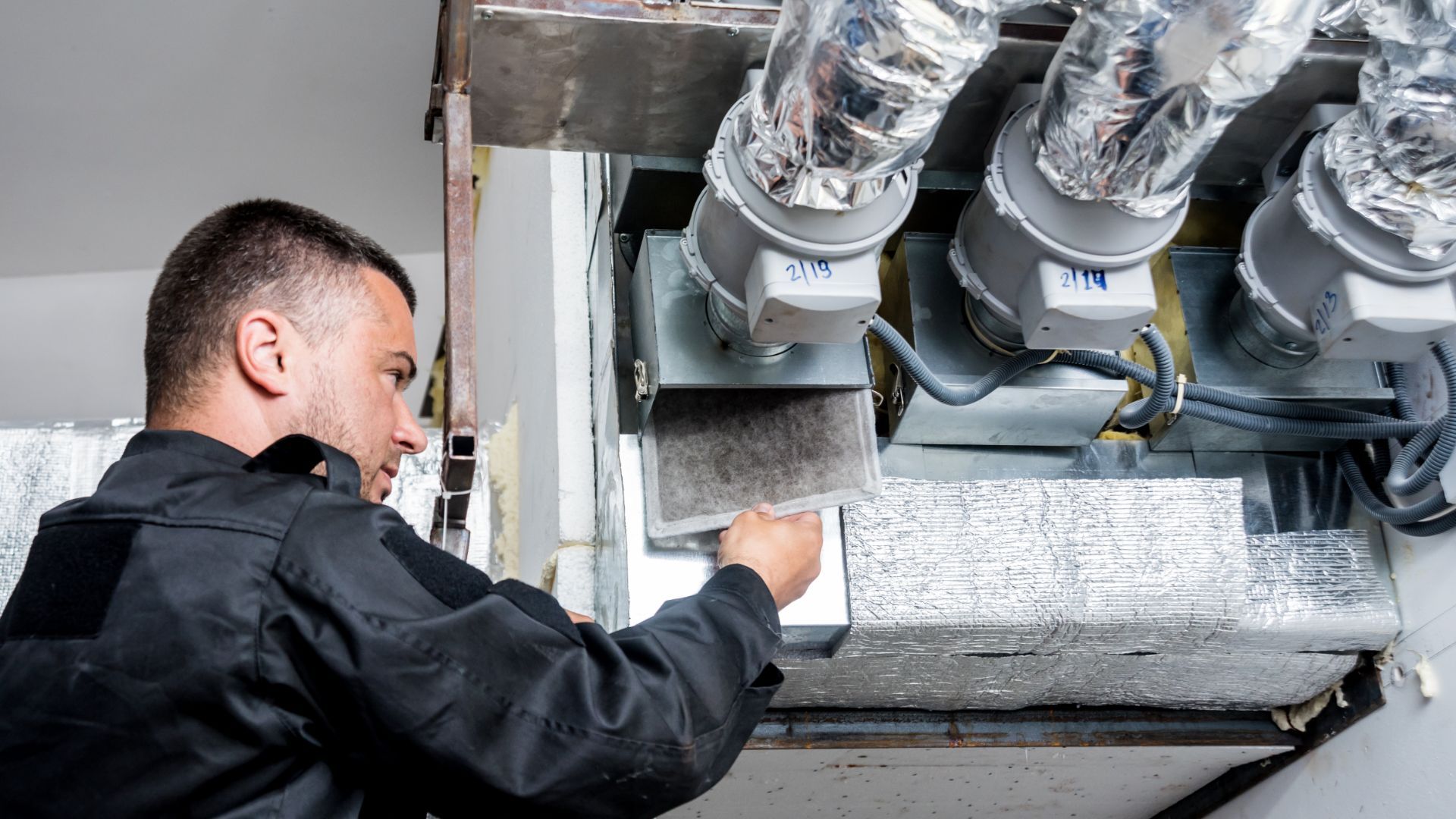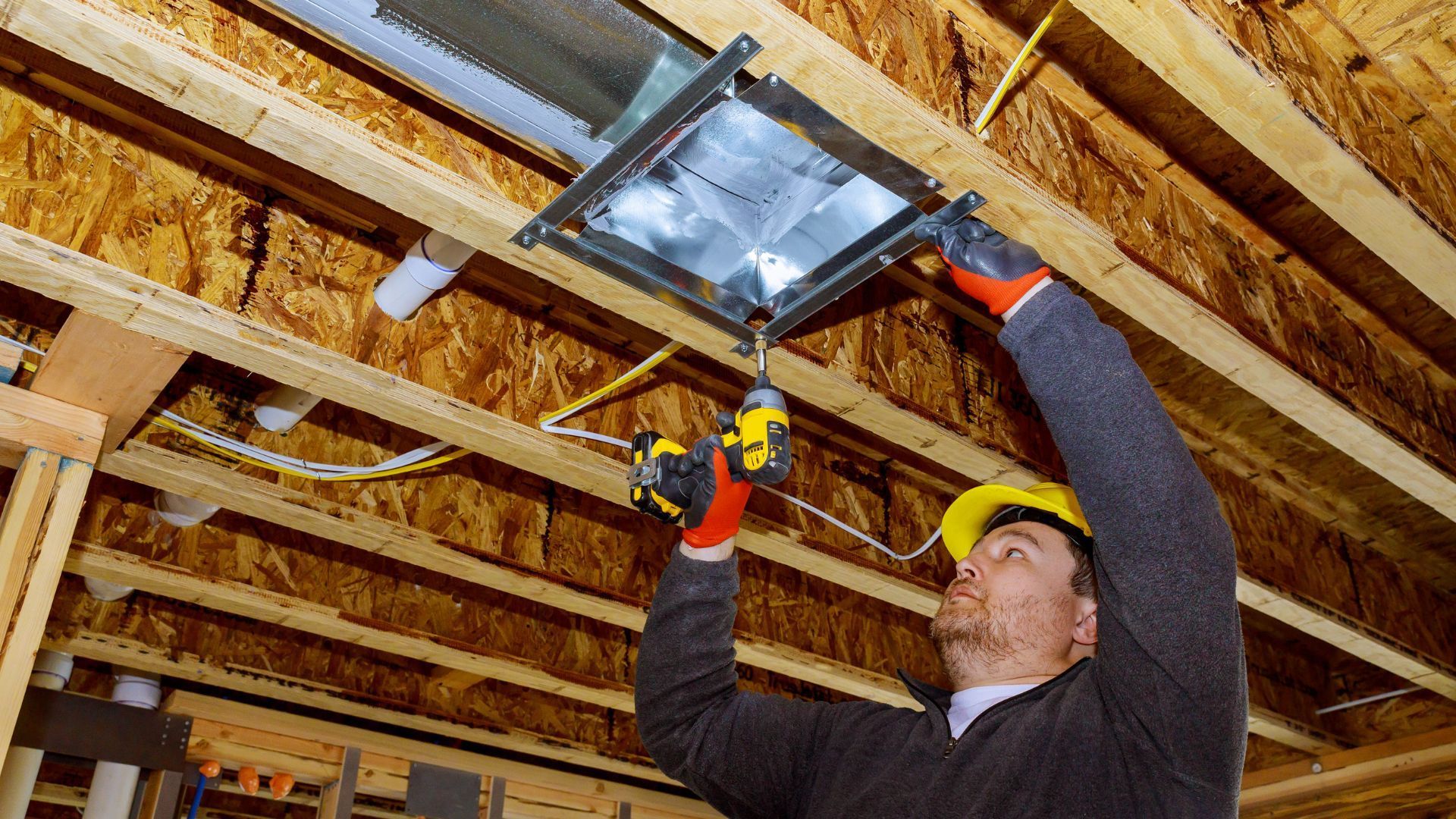Working Hours: Monday - Friday 08:00 AM - 04:30 PM
Are Mini Splits Good For Heating?

When it comes to keeping our homes cozy and comfortable, heating plays a crucial role, especially during the colder months. With evolving technology and environmental concerns, homeowners are seeking efficient and sustainable heating solutions.
One such innovation gaining popularity is the use of mini split heating systems. In this article, we will delve into the question, "Are mini splits good for heating?" We will explore the ins and outs of mini split systems, their advantages, drawbacks, and provide you with valuable insights to help you make an informed decision for your home heating needs.
What Are Mini Split Heating Systems?
Before we delve deeper into their effectiveness, let's first understand what mini split heating systems are. These systems, also known as ductless mini splits, consist of two main components: an indoor unit and an outdoor compressor/condenser. They work by transferring heat between these units, providing both heating and cooling functionalities.
How Do Mini Split Systems Work?
Mini splits utilize a refrigeration cycle to move heat. The outdoor unit extracts heat from the air and transfers it indoors through the refrigerant lines. The indoor unit then distributes the warmed air into the living space. The reverse cycle enables these systems to provide cooling in the summer by moving heat from indoors to outdoors.
Energy Efficiency
One of the key reasons homeowners consider mini split systems is their exceptional energy efficiency. Unlike traditional HVAC systems that can result in significant energy loss through ductwork, mini splits directly deliver conditioned air to the desired areas. This targeted heating method reduces energy waste, resulting in lower utility bills.
Zoning
Another advantage of mini split systems is zoning. This feature allows you to control the temperature in individual rooms or zones, providing customized comfort throughout your home. You can save energy and money by only heating the rooms in use, further enhancing their efficiency.
Advantages of Mini Split Heating Systems
Cost-Effective Heating
Mini split systems are known for their cost-effectiveness. While the initial installation cost might be higher than traditional systems, the long-term savings in energy bills often outweigh the upfront investment. Their energy-efficient operation ensures that you get more value for your money.
Easy Installation
Compared to central heating systems, mini splits are easier to install. They require no ductwork, which can be a significant cost and time-saving factor. Additionally, the indoor units are sleek and can be mounted on walls or ceilings, saving valuable floor space.
Improved Indoor Air Quality
Mini split systems come equipped with advanced filtration technology, effectively removing dust, allergens, and pollutants from the air. This not only provides a more comfortable living environment but also benefits those with respiratory issues.
Quiet Operation
The indoor units of mini split systems are designed for quiet operation. You can enjoy the comfort of a warm home without the noisy disruption often associated with traditional HVAC systems.
Drawbacks of Mini Split Heating Systems
- Initial Cost
As mentioned earlier, the initial cost of purchasing and installing mini split systems can be higher than traditional heating options. However, it's essential to consider the long-term savings and benefits they offer.
Aesthetics
While indoor units are compact and unobtrusive, some homeowners may find them less aesthetically pleasing compared to traditional heating systems. However, the variety of styles available allows for customization to match your decor.
Maintenance
Mini splits require regular maintenance to ensure optimal performance. This includes cleaning filters and coils and checking refrigerant levels. Neglecting maintenance can lead to reduced efficiency and higher energy consumption.
Are Mini Splits Good For Heating? Absolutely!
In conclusion, mini split heating systems offer a host of advantages, making them an excellent choice for home heating. Their energy efficiency, cost-effectiveness, and customizable zoning make them a compelling option for homeowners seeking efficient heating solutions. While the initial cost may deter some, the long-term benefits far outweigh any drawbacks.
So, the answer to the question, "Are mini splits good for heating?" is a resounding yes! These systems not only provide effective heating but also contribute to a more comfortable and sustainable home environment.
Frequently Asked Questions
Q: Are mini splits suitable for both heating and cooling?
Yes, mini split systems are versatile and offer both heating and cooling capabilities. They are ideal for year-round comfort.
Q: How do I choose the right size mini split system for my home?
To determine the appropriate size, it's essential to consider factors such as the size of the room, insulation, and climate. Consulting with an HVAC professional can help you make the right choice.
Q: Do mini splits require professional installation?
Yes, it is highly recommended to have a qualified HVAC technician install mini split systems to ensure proper placement and performance.
Q: Are mini split systems eco-friendly?
Mini splits are known for their energy efficiency, which reduces greenhouse gas emissions. They are considered a more environmentally friendly heating option.
Q: Can I use a mini split system as the primary heating source for my home?
Yes, mini splits can serve as the primary heating source, especially in well-insulated homes. However, in extremely cold climates, supplemental heating may be necessary.
Q: Are there any government incentives for installing mini split systems?
Some regions offer incentives, rebates, or tax credits for installing energy-efficient heating and cooling systems, including mini splits. Check with your local government for available programs.
Conclusion
In the quest for efficient and cost-effective home heating, mini split systems shine as a reliable solution. Their energy efficiency, zoning capabilities, and improved indoor air quality make them a worthy investment. So, if you're wondering, "Are mini splits good for heating?" The answer is clear – they are an excellent choice for modern homeowners seeking comfort and sustainability.
Don’t miss out the benefits of mini splits for heating for your home and contact us today!

INFORMATION
176 Rectory St, London, ON N5Z 2A5, Canada
Follow us on Facebook
BROWSE OUR WEBSITE
EMERGENCY SERVICE









